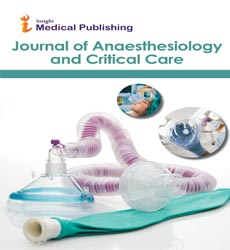Biosynthesis of Copper Nanoparticles by using Aloe Barbadensis Leaf ExtractsaAnd Study of Application in Congo Red (Acid Red 28) Dye Removal.
Abstract
Development of green nanotechnology is generating interest of researchers toward eco-friendly biosynthesis of nanoparticles. In this study, biosynthesis of stable copper nanoparticles was done using aloe barbadensis leaf extract. First of all, we prepared leaf extract of aloe barbadensis in deionized water. This extract added to 1mmol of copper sulfate solution and observed the change in color of the solution from colorless to dark brown colored solution. The present study tracing of an object is a green synthesis of copper nanoparticles by the interaction of leaf extract and copper salt and its dye removal efficiency. copper oxide nanoparticles in this study examined the efficient removal of congo red CR dye. The effect of variables like concentration, time, PH, adsorbent dosage also examined in this present study. This was noted that maximum PH3,theconcentration of nanoparticles 1mg, maximum time 120mint was optimum condition for dye removal. Biosynthesis of nano particle put forward a cost-free and environmentally suitable method of nano particle synthesis. The characterization of copper oxide nanoparticles like X-ray diffraction and SEM analysis showed that average particle size calculated was 40 nm. The shape of the copper nanoparticleswas spherical and cubic and their range of grain was 80-120nm.EDX of synthesized nano particles showed copper 38%.UV spectrophotometer analysis confirms peak of the copper nanoparticles between 200-600nm
Open Access Journals
- Aquaculture & Veterinary Science
- Chemistry & Chemical Sciences
- Clinical Sciences
- Engineering
- General Science
- Genetics & Molecular Biology
- Health Care & Nursing
- Immunology & Microbiology
- Materials Science
- Mathematics & Physics
- Medical Sciences
- Neurology & Psychiatry
- Oncology & Cancer Science
- Pharmaceutical Sciences
